Find Help
More Items From Ergsy search
-
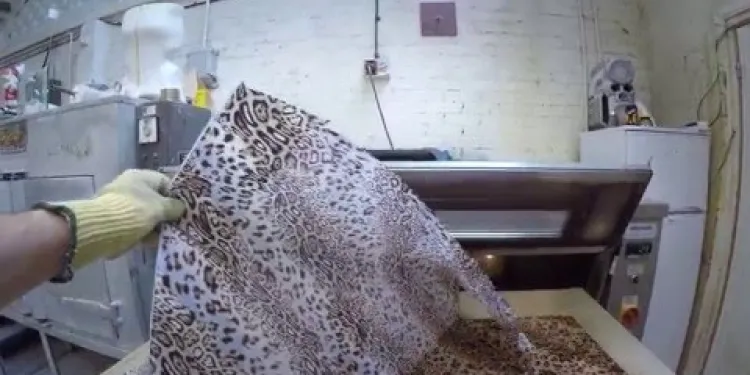
Making a spinal brace for a scoliotic patient at the RNOH
Relevance: 100%
-
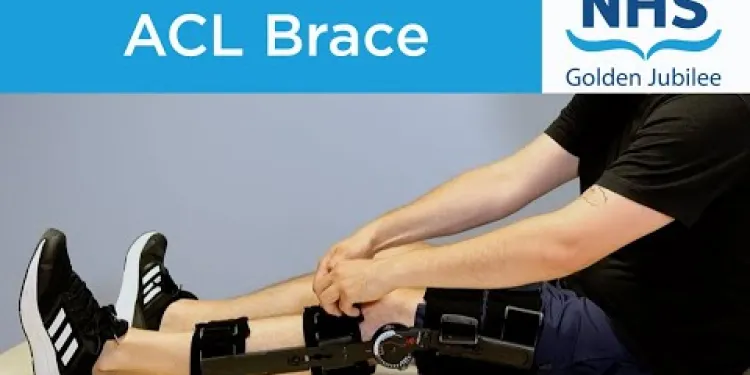
ACL Brace
Relevance: 37%
-

Can I get braces through the NHS?
Relevance: 35%
-

If you want NHS braces, watch this!
Relevance: 35%
-

What is spinal anaesthesia?
Relevance: 32%
-
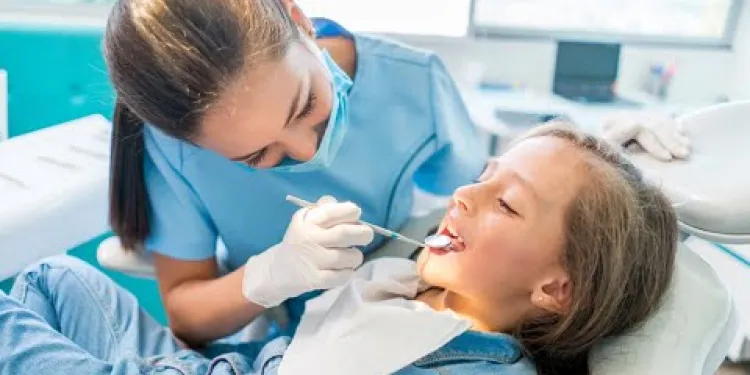
Can my child get braces on the NHS?
Relevance: 32%
-

What are the common side effects of spinal anaesthesia?
Relevance: 30%
-
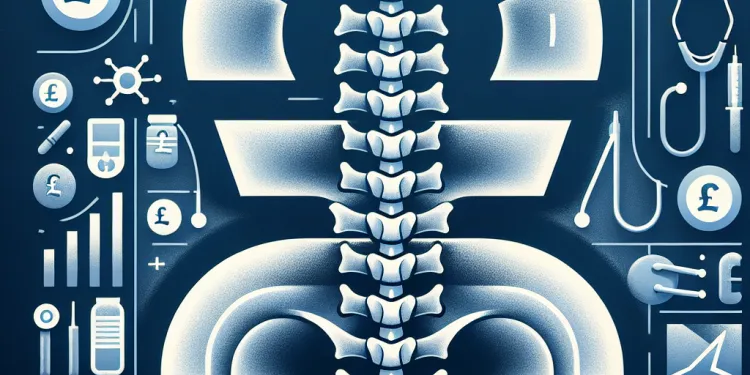
How will I be positioned for spinal anaesthesia?
Relevance: 30%
-

Spinal Anaesthesia for Caesarean Section
Relevance: 28%
-

Is spinal anaesthesia safe for a Caesarean section?
Relevance: 28%
-
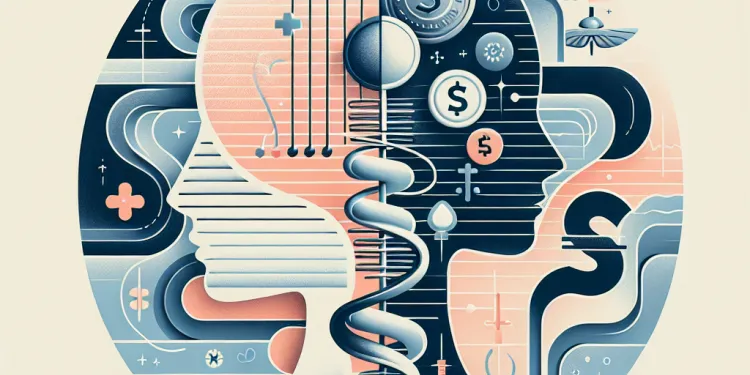
How is spinal anaesthesia different from an epidural?
Relevance: 28%
-
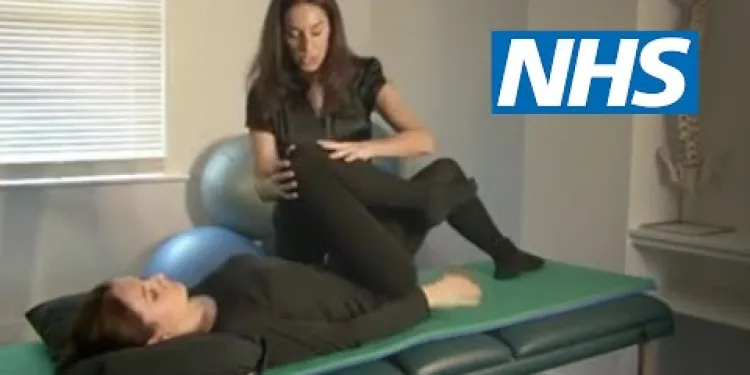
Exercises for sciatica: spinal stenosis | NHS
Relevance: 25%
-

What should I do to prepare for spinal anaesthesia?
Relevance: 25%
-
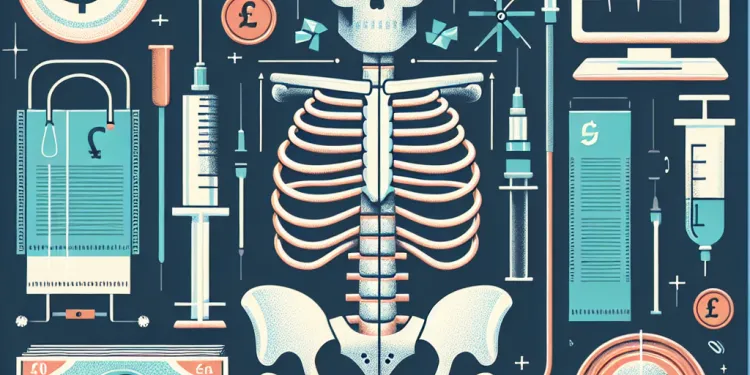
What should I expect after the spinal anaesthesia wears off?
Relevance: 25%
-
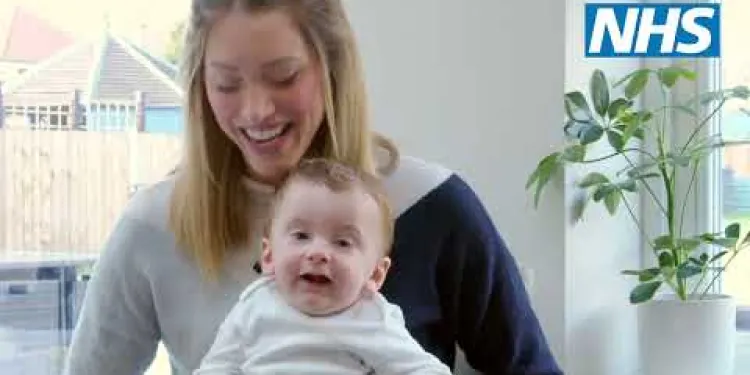
Charlie and Rupert on their journey with Spinal Muscular Atrophy and Zolgensma Gene Therapy
Relevance: 22%
-

Can I breastfeed immediately after a Caesarean section under spinal anaesthesia?
Relevance: 21%
-
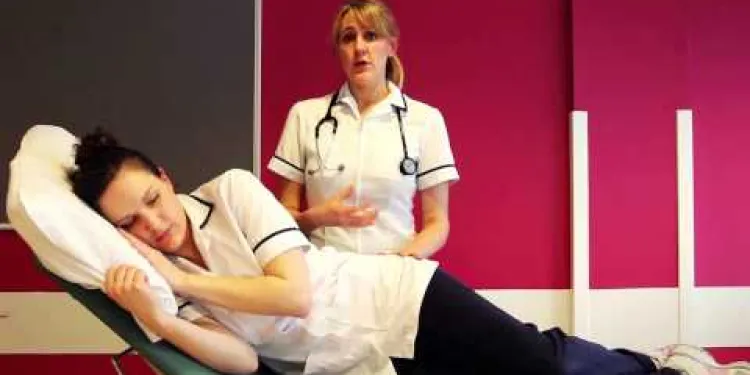
Positioning for Breathless Patient
Relevance: 18%
-
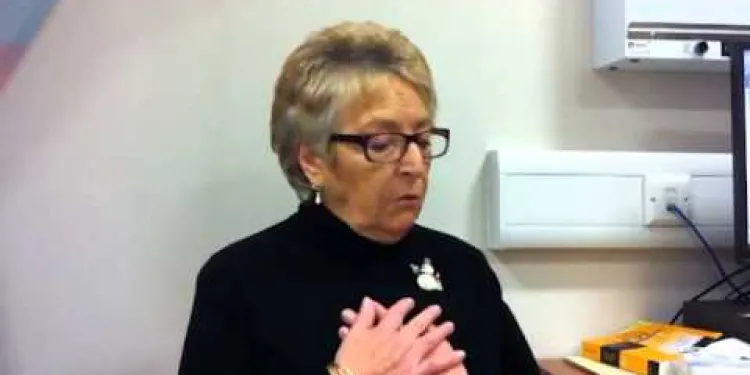
Neuroendocrine tumour patient video
Relevance: 17%
-

Assessing the stroke patient
Relevance: 16%
-
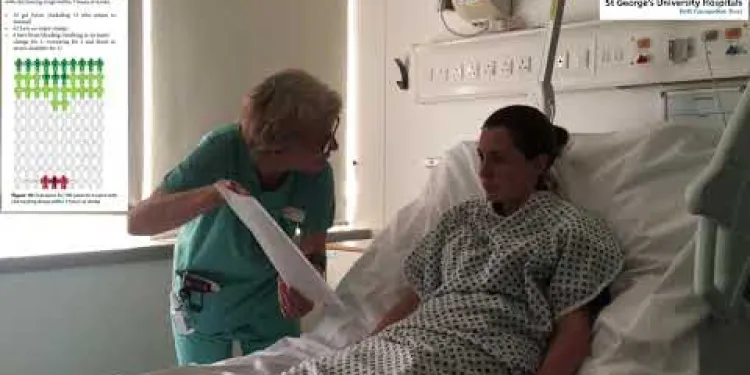
Gaining consent from stroke patients
Relevance: 16%
-

Exercise in patients with a neuropathy
Relevance: 16%
-

What is self-testing for eye patients?
Relevance: 16%
-
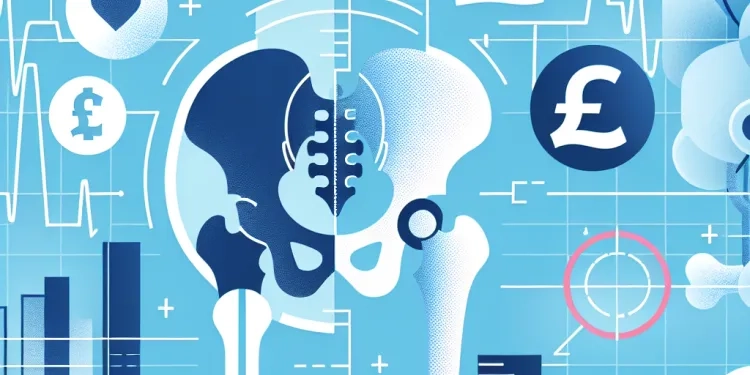
What type of anaesthesia is used during hip replacement surgery?
Relevance: 16%
-

Chemotherapy - the patient journey
Relevance: 16%
-

Can Baxdrostat be used in patients with renal impairment?
Relevance: 15%
-

NHS Utilizes AI to Prioritize High-Risk Patients on Waiting Lists
Relevance: 15%
-
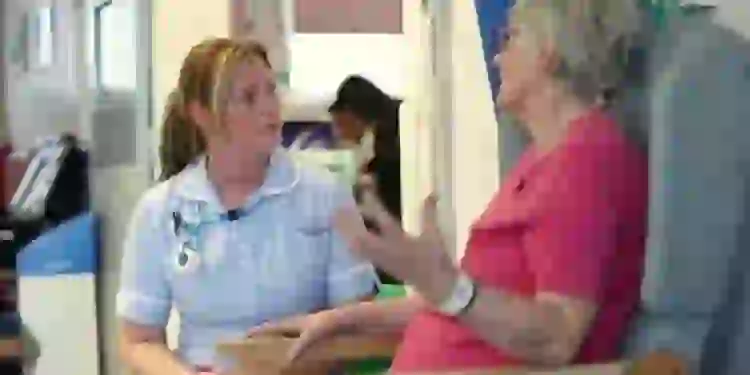
Fallsafe - Put the patient first. Preventing falls in Hospital.
Relevance: 15%
-
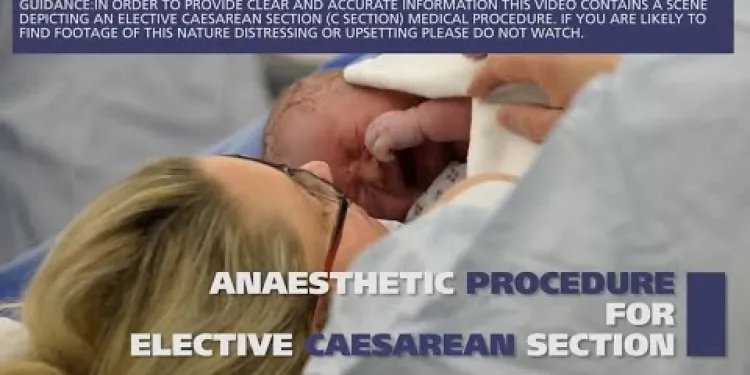
Anaesthetic procedure for elective caesarean section (C section)
Relevance: 15%
-
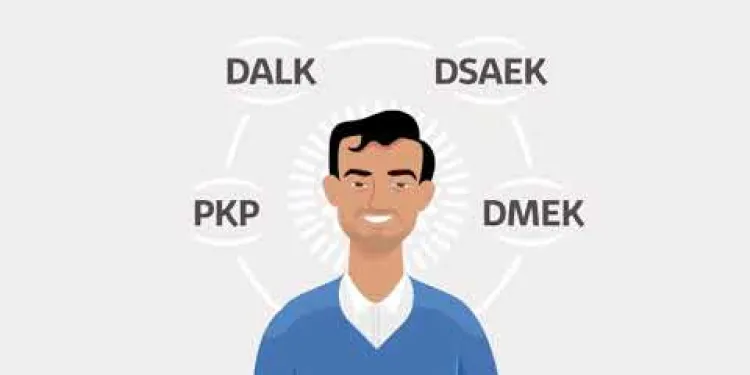
Cornea transplant patient Information
Relevance: 15%
-
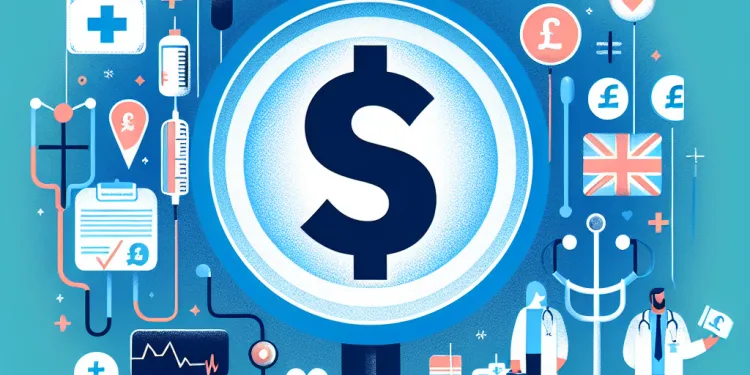
How the Shortage of GPs is Affecting Patient Care Across the UK
Relevance: 14%
-

Breakthrough Cancer Treatment Shows Promise for NHS Patients
Relevance: 14%
-
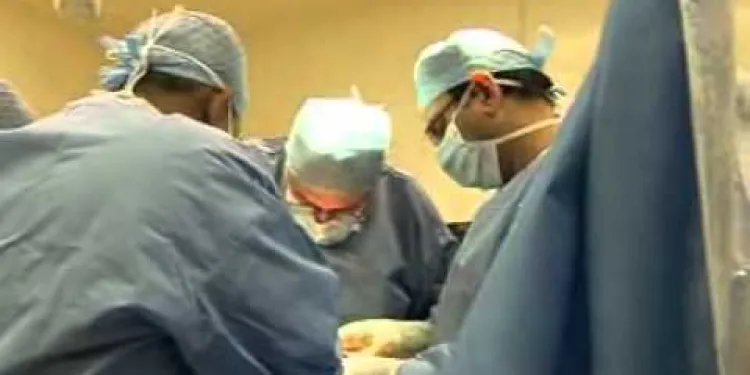
Liver transplant - Patient experience - Part 1 (Colin)
Relevance: 14%
-

How do chiropractors treat back pain?
Relevance: 14%
-
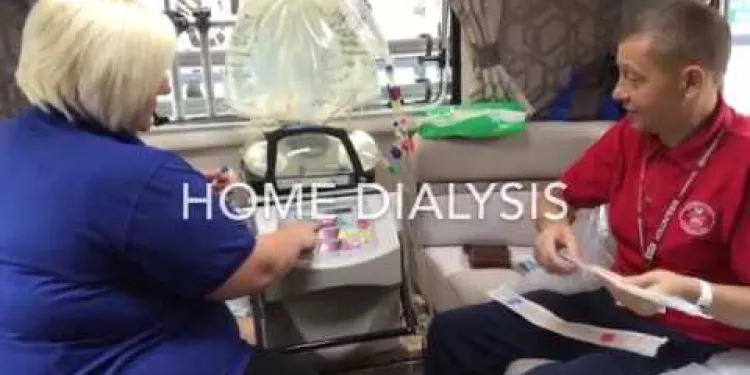
Home dialysis help for kidney patients
Relevance: 14%
-
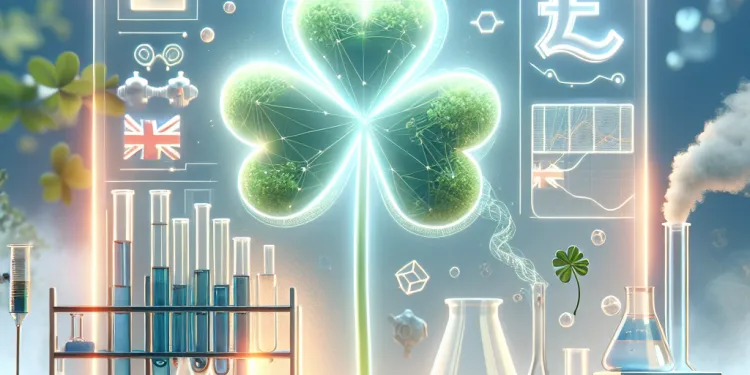
Breakthrough in Cancer Treatment Offers Hope for Prostate Cancer Patients
Relevance: 14%
-

Hernias and their Treatments - A guide for patients
Relevance: 14%
-
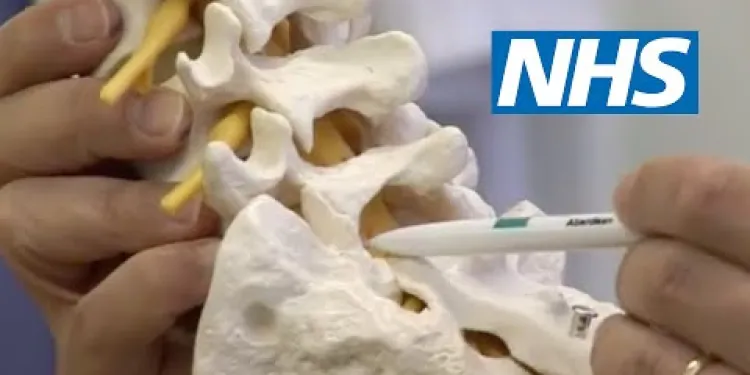
Lumbar surgery | NHS
Relevance: 14%
-

What types of self-tests are available for eye patients?
Relevance: 14%
-
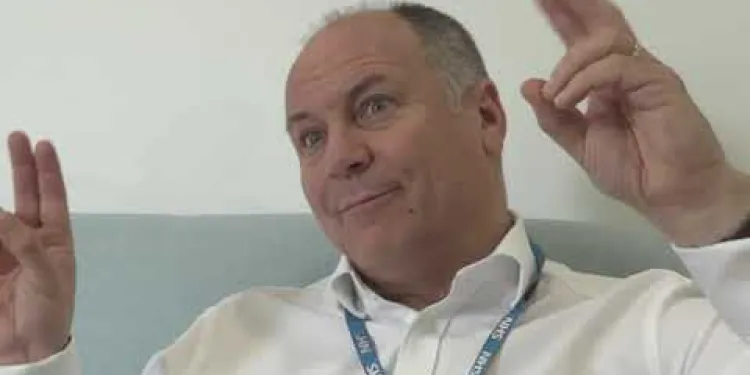
Useful information for patients with lower back pain
Relevance: 13%
-

Neurophysiology EEG Patient Information
Relevance: 13%
Making a Spinal Brace for a Scoliotic Patient at the RNOH
Introduction to Scoliosis and RNOH
The Royal National Orthopaedic Hospital (RNOH) in the United Kingdom is renowned for its specialised treatment of musculoskeletal disorders, including scoliosis. Scoliosis is a condition where the spine curves abnormally, causing discomfort and potential long-term health issues. One of the primary treatments is the use of a spinal brace, which is custom-made for each patient.Initial Consultation and Assessment
The process begins with an initial consultation where a specialist at the RNOH will assess the patient's spinal curvature through physical examination and imaging techniques such as X-rays, MRI, or CT scans. This comprehensive assessment helps determine the severity of the scoliosis and the specific needs of the patient.Custom-Made Brace Design
Once the assessment is complete, the orthotist, a specialist in making braces, creates a custom design for the spinal brace. This involves taking precise measurements and possibly a 3D scan of the patient's torso to ensure an exact fit. The design aims to correct and support the spinal curve while allowing for as much movement and comfort as possible.Fabrication and Fitting
The custom brace is then fabricated using lightweight yet durable materials such as thermoplastic or carbon fibre. Once the brace is ready, the patient returns to the RNOH for a fitting session. During this appointment, the orthotist makes any necessary adjustments to ensure the brace fits snugly and comfortably, providing optimal support.Follow-Up and Adjustments
Regular follow-up appointments are crucial to monitor the patient's progress and make adjustments to the brace as needed. The spine can change over time, especially in growing children and adolescents, so the brace may need modifications to remain effective. The RNOH team works closely with each patient to ensure the best possible outcomes.Patient Support and Education
Alongside physical treatment, the RNOH provides comprehensive support and education to patients and their families. This includes guidance on how to wear and care for the brace, tips for incorporating it into daily life, and strategies to manage any associated discomfort. In conclusion, making a spinal brace for a scoliotic patient at the RNOH involves a detailed process of assessment, custom design, fabrication, fitting, and ongoing support. This holistic approach ensures that each patient receives the most effective treatment tailored to their specific needs.Making a Spinal Brace for a Scoliotic Patient at the RNOH
What is Scoliosis and the RNOH?
The Royal National Orthopaedic Hospital (RNOH) in the UK is known for helping people with bone and muscle problems. Scoliosis is when your spine is not straight but curved. It can hurt and cause problems later. To help, doctors make a special back brace just for each person.First Visit and Check-Up
On your first visit, the doctor at RNOH will look at your back. They might use X-rays or other pictures to see the spine better. This helps them understand how your spine is curved and what you need.Making Your Special Brace
After the check-up, a specialist called an orthotist makes your brace. They take measurements or maybe use a 3D scan of your body to make sure it fits just right. The brace helps your spine stay straighter and makes you comfortable.Making and Trying On the Brace
The brace is made from strong, light materials like plastic. Once it is ready, you go back to RNOH to try it on. The orthotist checks if it fits well and makes any changes needed so it is comfy and gives good support.Check-Ups and Changes
You will have regular check-ups to see how you are doing. Sometimes, the brace needs changes because the spine can move as you grow. The team at RNOH will make sure your brace keeps helping you.Help and Learning for Patients
RNOH also teaches and helps patients and their families. They show you the best way to use the brace and how to take care of it. They also give tips to use it every day and how to deal with any pain. In conclusion, making a spinal brace at the RNOH involves looking at the spine, designing a special brace, making and fitting it, and helping with every step. This way, each person gets the right help they need.Frequently Asked Questions
What is scoliosis?
Scoliosis is a medical condition where a person's spine curves sideways, often in an 'S' or 'C' shape, which can lead to discomfort and other complications.
Why would a scoliotic patient need a spinal brace?
A spinal brace helps to prevent further curvature of the spine, reduce pain, and support proper posture and alignment, especially in growing children and adolescents.
What types of spinal braces are available for scoliosis?
Common spinal braces include the Boston brace, the Wilmington brace, the Milwaukee brace, and the Charleston bending brace.
How is a spinal brace made for a patient with scoliosis at the RNOH?
At the RNOH, a spinal brace is custom-made using 3D imaging and scanning technology to create a model of the patient's torso. The brace is then fabricated to fit precisely.
How long does it take to get a spinal brace made at the RNOH?
The process typically takes a few weeks from the initial consultation and imaging to the final fitting and adjustments of the brace.
Is the procedure to get a spinal brace painful?
No, obtaining a spinal brace is generally painless. Patients may feel some discomfort during initial fittings, but it should not be painful.
How often does the brace need to be worn?
The duration varies based on the severity of the scoliosis and the specific treatment plan, but it is often recommended to wear the brace for 16-23 hours a day.
Can the brace be worn under clothing?
Yes, spinal braces are designed to be worn underneath clothing, although some adjustments in wardrobe might be necessary for comfort and discretion.
Are there any activities that should be avoided while wearing the brace?
High-impact sports and activities that require significant back flexibility may be restricted, but many other activities, including gentle exercise, can be continued.
How do I care for my spinal brace?
Clean the brace daily using mild soap and water. Make sure it is thoroughly dried before re-wearing. Regularly check for signs of wear and tear.
What should I do if my brace feels uncomfortable?
It's important to have regular follow-up appointments for adjustments. If discomfort occurs, contact your orthotist to modify the fit of your brace.
Will wearing a brace cure my scoliosis?
A brace will not cure scoliosis, but it can help manage and control the curvature progression, especially in growing children and adolescents.
What is the cost of a spinal brace at the RNOH?
Costs can vary depending on the type of brace and the complexity of the case. It is recommended to contact the RNOH directly for detailed pricing information.
How often will I need follow-up appointments?
Follow-up appointments are typically scheduled every 3-6 months to monitor progress and make necessary adjustments to the brace.
Can the brace be adjusted if I gain or lose weight?
Yes, if there are significant changes in weight, the brace can often be adjusted or modified to ensure a proper fit.
What is scoliosis?
Scoliosis is when your spine (the back bones) curves in a different way than normal. It can look like a C or an S shape.
If you have scoliosis, you might notice that one shoulder or hip looks higher than the other.
It is important to see a doctor so they can help you feel better.
To understand scoliosis, you can look at pictures or talk to someone who knows about it.
Scoliosis is when the backbone curves to the side. It can look like an 'S' or 'C' shape. This might make you feel a little uncomfortable or cause other problems.
Why does someone with a curved spine need a back brace?
Some people have a spine that curves. This is called scoliosis. A back brace can help them. It keeps the spine straight.
Here is how a brace can help:
- It stops the curve from getting worse.
- It helps the body stay balanced.
- It can stop back pain.
If someone has scoliosis, they might need to see a doctor. The doctor can tell if a back brace is needed. A doctor can give advice about how to use the brace.
Some tools that can help someone understand scoliosis are:
- Pictures or drawings of the spine.
- Short videos explaining scoliosis.
- Talking to a doctor or nurse.
A back brace helps keep the spine straight. It stops it from bending more. It can also help reduce pain. The brace helps you stand up straight. This is important for kids and teenagers who are still growing.
Sometimes, using a picture of the brace can help understand what it looks like. Also, talking to a doctor or nurse can help if you have questions.
What kinds of back braces help with scoliosis?
Scoliosis is when the spine curves in the back.
People can wear special back braces to help. These are called spinal braces.
Here are some types of back braces:
- Hard Braces: These are strong and fit tightly around the body.
- Soft Braces: These are more flexible and can move a bit with the body.
Doctors can help choose the best brace.
Using pictures or videos can help understand better.
It's okay to ask for help if the words are hard. Someone can read with you or explain.
There are special back supports to help your spine. They are:
- The Boston brace
- The Wilmington brace
- The Milwaukee brace
- The Charleston bending brace
How do doctors make a back brace for a person with scoliosis at the RNOH?
Doctors use special tools and steps to make a back brace.
Here is how they do it step-by-step:
- Doctors look at your back and check how it is shaped.
- They make a plan for your special brace.
- They might use a computer to help design the brace.
- A special machine makes the brace to fit you perfectly.
- You try the brace on to see if it fits well.
- The doctor might change a few things to make it more comfortable.
If you have questions, ask a nurse or your doctor. They can help you.
At the RNOH, doctors make a special back brace just for you. They use special 3D pictures and scans to see your body. This helps them make a brace that fits you perfectly.
How long does it take to get a back brace made at the RNOH?
It can take a few weeks to make a back brace at the RNOH.
Here are some tips to help:
- Ask your doctor or nurse for help if you have questions.
- Use a calendar to keep track of any appointments.
- Bring a friend or family member to help you remember information.
The whole process usually takes a few weeks. First, there is a meeting with the doctor, and pictures are taken. After that, they fit and adjust the brace so it fits you just right.
Does it hurt to get a spinal brace?
Getting a spinal brace should not hurt. It is a safe process. A doctor will help you.
It might feel snug or tight at first. This is normal and is to help your back.
Tell your doctor if you feel any pain.
It can help to breathe slowly and relax. You can bring a toy or listen to music to feel calm.
Getting a back brace should not hurt. When you try it on for the first time, it might feel a little uncomfortable, but it shouldn't be painful.
How many times do I need to wear the brace?
How long you wear the brace depends on how bad the scoliosis is and the treatment plan. Most of the time, the brace should be worn for 16 to 23 hours each day.
Can you wear the brace under your clothes?
Yes, you can wear a back brace under your clothes. You might need to change your clothes a little to feel comfortable and keep it hidden.
What should I not do when wearing the brace?
Some sports that need a lot of bending and stretching might be hard to do. But you can still do lots of other activities. You can also do gentle exercises to stay active.
How do I take care of my back brace?
A back brace helps your back stay strong. Here is how to take care of it:
- Clean it: Wipe it with a damp cloth and let it dry.
- Check it: Look for any parts that are broken or don’t fit right.
- Store it: Keep it in a safe and dry place when you are not using it.
If you need help, talk to someone you trust or ask a doctor.
Clean your brace every day. Use gentle soap and water. Make sure it is really dry before you put it back on. Check it often to see if it is getting old or broken.
What can I do if my brace hurts or feels uncomfortable?
It is important to see your doctor regularly. They will check your brace to make sure it fits well. If your brace feels uncomfortable, tell your doctor to change it so it fits better.
Can a brace help fix my curved spine?
A brace can help keep your spine from getting more curved.
It may not make it perfectly straight, but it can help stop it from getting worse.
Wearing a brace is like giving your spine extra support.
Ask your doctor for more information and what is best for you.
A brace cannot fix scoliosis, but it can help keep the curve from getting worse. This is especially important for kids and teens who are still growing.
How much does a back brace cost at the RNOH?
If you need help reading, ask a friend or family member. You can also use a screen reader to listen to the words.
The cost of braces can be different. It depends on the type of brace and how tricky your teeth are. It is a good idea to talk to the RNOH to find out how much it will cost.
How many times do I need to see the doctor again?
You usually go back to the doctor every 3 to 6 months. This helps make sure everything is going well with your brace. The doctor will check how you are doing and change your brace if needed.
Can you change the brace if you get bigger or smaller?
If you get bigger or smaller, you might need to change your brace.
Here are some things to help:
- Ask a doctor if you can make the brace tighter or looser.
- Use soft pads to make the brace feel better.
- Try wearing thicker or thinner clothes under the brace.
Yes, if you gain or lose a lot of weight, your brace can often be changed to fit you better.
Useful Links
- Ergsy carfully checks the information in the videos we provide here.
- Videos shown by Youtube after a video has completed, have NOT been reviewed by ERGSY.
- To view, click the arrow in centre of video.
- Most of the videos you find here will have subtitles and/or closed captions available.
- You may need to turn these on, and choose your preferred language.
- Go to the video you'd like to watch.
- If closed captions (CC) are available, settings will be visible on the bottom right of the video player.
- To turn on Captions, click settings .
- To turn off Captions, click settings again.
More Items From Ergsy search
-

Making a spinal brace for a scoliotic patient at the RNOH
Relevance: 100%
-

ACL Brace
Relevance: 37%
-

Can I get braces through the NHS?
Relevance: 35%
-

If you want NHS braces, watch this!
Relevance: 35%
-

What is spinal anaesthesia?
Relevance: 32%
-

Can my child get braces on the NHS?
Relevance: 32%
-

What are the common side effects of spinal anaesthesia?
Relevance: 30%
-

How will I be positioned for spinal anaesthesia?
Relevance: 30%
-

Spinal Anaesthesia for Caesarean Section
Relevance: 28%
-

Is spinal anaesthesia safe for a Caesarean section?
Relevance: 28%
-

How is spinal anaesthesia different from an epidural?
Relevance: 28%
-

Exercises for sciatica: spinal stenosis | NHS
Relevance: 25%
-

What should I do to prepare for spinal anaesthesia?
Relevance: 25%
-

What should I expect after the spinal anaesthesia wears off?
Relevance: 25%
-

Charlie and Rupert on their journey with Spinal Muscular Atrophy and Zolgensma Gene Therapy
Relevance: 22%
-

Can I breastfeed immediately after a Caesarean section under spinal anaesthesia?
Relevance: 21%
-

Positioning for Breathless Patient
Relevance: 18%
-

Neuroendocrine tumour patient video
Relevance: 17%
-

Assessing the stroke patient
Relevance: 16%
-

Gaining consent from stroke patients
Relevance: 16%
-

Exercise in patients with a neuropathy
Relevance: 16%
-

What is self-testing for eye patients?
Relevance: 16%
-

What type of anaesthesia is used during hip replacement surgery?
Relevance: 16%
-

Chemotherapy - the patient journey
Relevance: 16%
-

Can Baxdrostat be used in patients with renal impairment?
Relevance: 15%
-

NHS Utilizes AI to Prioritize High-Risk Patients on Waiting Lists
Relevance: 15%
-

Fallsafe - Put the patient first. Preventing falls in Hospital.
Relevance: 15%
-

Anaesthetic procedure for elective caesarean section (C section)
Relevance: 15%
-

Cornea transplant patient Information
Relevance: 15%
-

How the Shortage of GPs is Affecting Patient Care Across the UK
Relevance: 14%
-

Breakthrough Cancer Treatment Shows Promise for NHS Patients
Relevance: 14%
-

Liver transplant - Patient experience - Part 1 (Colin)
Relevance: 14%
-

How do chiropractors treat back pain?
Relevance: 14%
-

Home dialysis help for kidney patients
Relevance: 14%
-

Breakthrough in Cancer Treatment Offers Hope for Prostate Cancer Patients
Relevance: 14%
-

Hernias and their Treatments - A guide for patients
Relevance: 14%
-

Lumbar surgery | NHS
Relevance: 14%
-

What types of self-tests are available for eye patients?
Relevance: 14%
-

Useful information for patients with lower back pain
Relevance: 13%
-

Neurophysiology EEG Patient Information
Relevance: 13%


